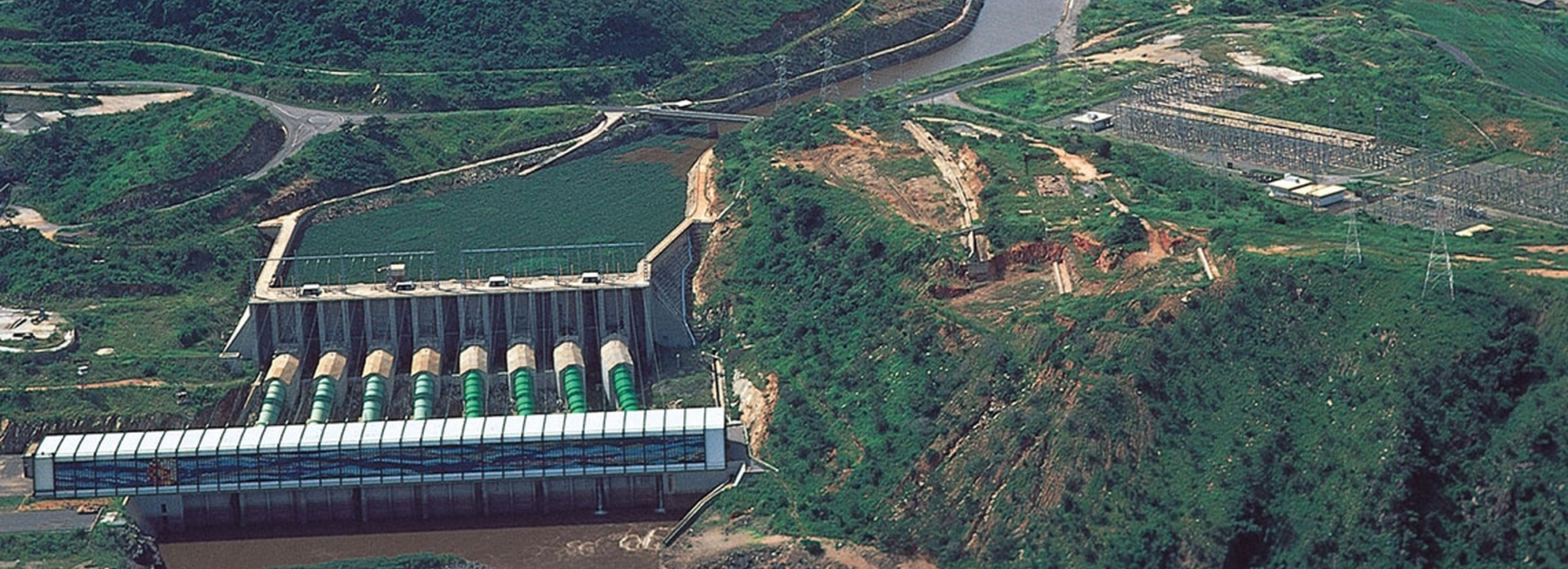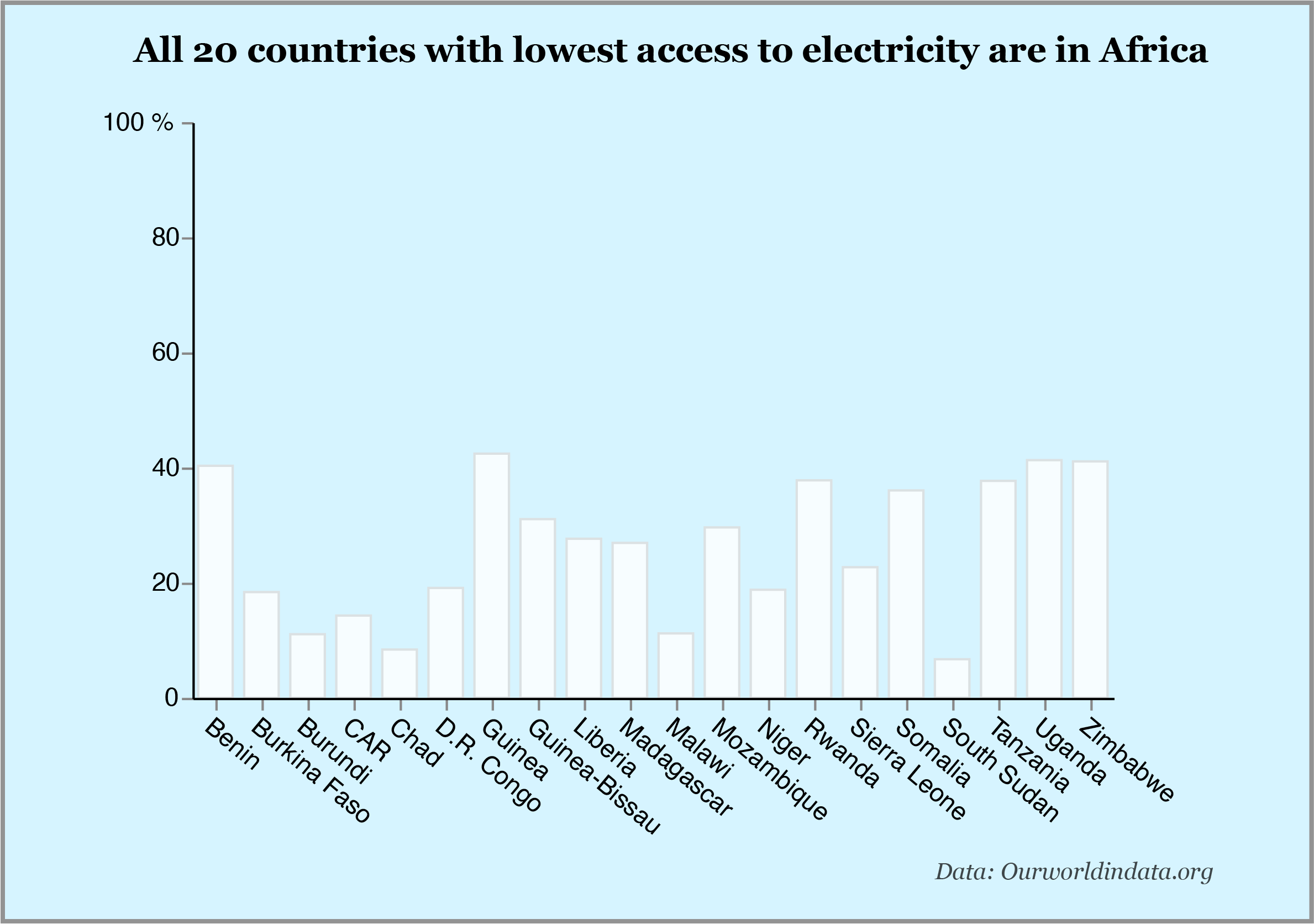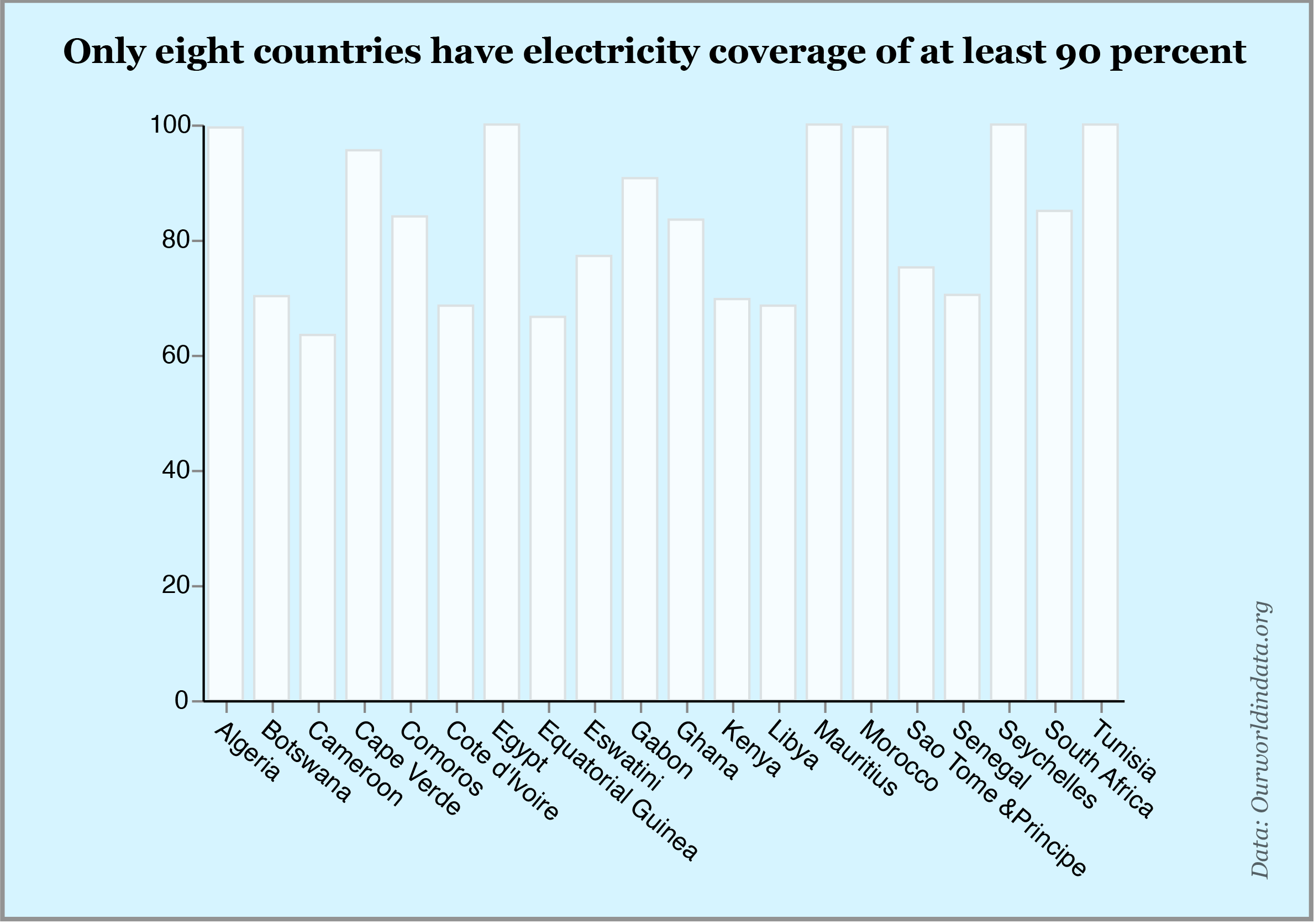
Photo credit: lifegate.com
Central Africa remains dark despite vast energy potential
Electricity generation in Africa is undoubtedly poor, with more than half a billion people on the continent said to be without power.
Globally, more than 730 million people are without access to electricity; nearly 70 percent of this population live in Africa, the World Bank’s Energy Progress Report 2022 said.
Only three countries in West and Central Africa are on track to provide universal access to electricity by 2030, which would leave more than 260 million people in these regions without electricity in ten years, according to the World Bank.


With only 42 percent of its total population and eight percent of rural residents having access to electricity, West Africa has one of the lowest electricity access rates.
According to Our World in Data, which compiles data on some global developmental problems, as of 2019, South Sudan’s electricity penetration rate of barely seven percent is the least in the world.
Less than one-fifth of the population in countries like Chad, Central Africa Republic, Democratic Republic of Congo, Burundi, and Niger have access to electricity.
Despite the inadequate power supply, the country’s potential to produce power using its hydro resources and from renewable sources like that cannot be underestimated. Plans to build a hydropower dam on the Congo River in DRC have moved slowly..
The project, estimated at US$80 billion, would produce 42,000MW of power, enough to light up sub-Saharan Africa.
Find the notebook used in the analysis here .
This map shows the proportion of a country's population with electricity access as of 2019.